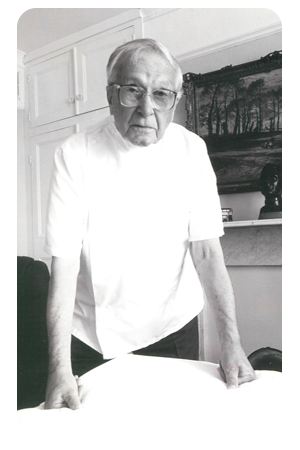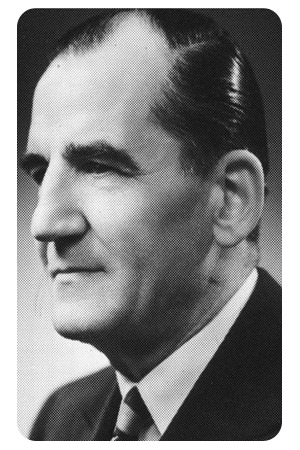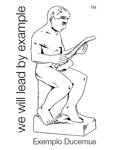WELCOME TO THE INSTITUTE OF CLASSICAL OSTEOPATHY
The Institute of Classical Osteopathy (ICO), a registered charity, was established in 1954 by the late John Wernham and T.E. Hall.
Its aims are to:
- Preserve, explore and develop the osteopathic concept and philosophy as formulated by A.T. Still and further interpreted by J.M. Littlejohn.
- Help the postgraduate osteopath gain a deeper understanding of the anatomical and physiological relationship of body mechanics to health and disease and how that knowledge may be applied clinically to enable a precise diagnosis and safe treatment.
- Provide mentored postgraduate training in classical osteopathy in the UK and throughout the world.
- Bring together and support members of the osteopathic profession worldwide who follow a classical approach.
The Institute maintains its role by running postgraduate courses, workshops and conferences to help osteopaths interpret and apply classical osteopathic concepts. It also offers a unique mentored clinical training programme at the London Clinic of Classical Osteopathy - a community based clinic in North London and has numerous affiliations with educational groups throughout Europe, Canada and Japan.
The Institute has over the years published a series of academic books, Yearbooks and DVDs – all of which are available for purchase on-line. The next publication is planned for release in 2017 – this being a historically significant year for osteopathy in that it will be 100 years since John Martin Littlejohn founded the British School of Osteopathy and 70 years since his death in 1947.
Please do not hesitate to contact us if you have any queries regarding classical osteopathy or any of our courses or publications.
The ICO is a registered charity, and any DONATION will ensure that the Institute remains offering Webinars, Podcasts, Conference and our Postgraduate Diploma.
Extract from the Chairman's address delivered at the inaugural Meeting of the Osteopathic Institute of Applied Technique on Saturday, the 9th of October, 1954.
" Ladies and Gentlemen,
As we had explained to us after lunch, this is the inaugural meeting of the Osteopathic Institute of Applied Technique, and I think the idea which we have in the back of our minds in starting this Institute is that it is necessary always to preserve what many of us feel to be genuine osteopathy, and, moreover, to develop it.
We have no quarrel with others, but we do feel that there is always an outside pressure on osteopathy which, if we react to it rightly, is perhaps a good thing; we can learn things from others. But there is also an original osteopathic idea which is different from the medical idea and different specifically from the orthopadic idea. So much literature is produced in orthopædic and medial circles that it is rather difficult for all of us, and particularly perhaps for our students, to correlate it to genuine osteopathy and preserve genuine osteopathy. So that is the first idea.
The second idea is that, as you all know, the Academy of Applied Osteopathy has been founded in somewhat similar circumstances in America. I think that at its inception many of the osteopathic profession in America did feel that there was a danger of some of the early knowledge and fundamental ideas of osteopathy being lost. We want our Institute of Applied Technique to be, as it were, the British equivalent to this American Academy. And so the idea of this organisation is to bring together leading members of the profession and to provide an oportunity for closer contact.
I think I ought to make it clear that this is not intended to be just one more post-graduate course-we already have several post-graduate courses every year and very valuable they are. But this is supposed to be a thing which is very specifically devoted to the problems of osteopathic principles and osteopathic technique.
The basis of the membership of it is that the members are elected and meet for research and discussion with a view to preserving the original concept of osteopathy, particularly as it was taught by Dr. J. M. Littlejohn, who was, as you know, the founder of the British School of Osteopathy. But I think the more one reads of his writings and about what he was trying to say, the more one realises how important they were, and that he did make discoveries and give out maxims and lay down principles.
COURSES
The Institute of Classical Osteopathy is working in a new Diploma Course that will run over the course of nearly two years. It will cover from the Foundation to the more Advanced Level, including online mentoring for clinical application.
SHOP

Books and DVD's can be purchased from our online shop.
FIND

Search our database to find the nearest osteopathy to you.

John Wernham
HISTORY OF ICO
The Osteopathic Institute of Applied Technique was established in 1954 by the late John Wernham and T.E. Hall. Its purpose was to bring together in one body, those members of the osteopathic profession who were prepared to interpret and apply osteopathy as it was laid down by early pioneering osteopaths in the US and the UK, most notably A.T. Still and John Martin Littlejohn. John Wernham and T.E. Hall were both students of Littlejohn, who was one of the early students of Still’s and become the Dean of the original American School of Osteopathy, as well as establishing his own schools in Chicago and then in the UK.












